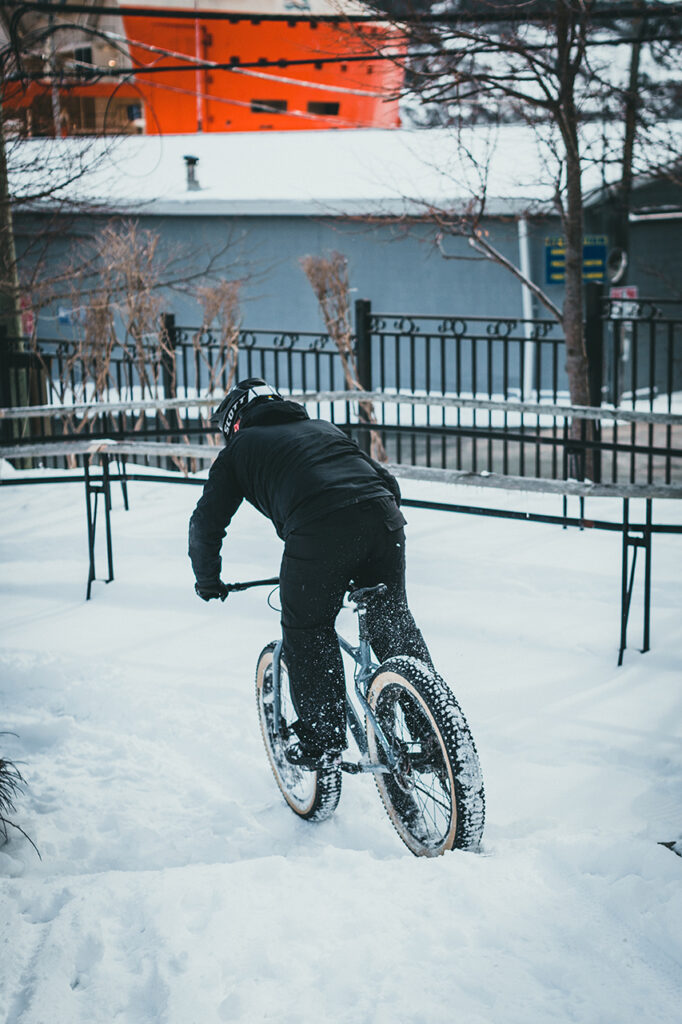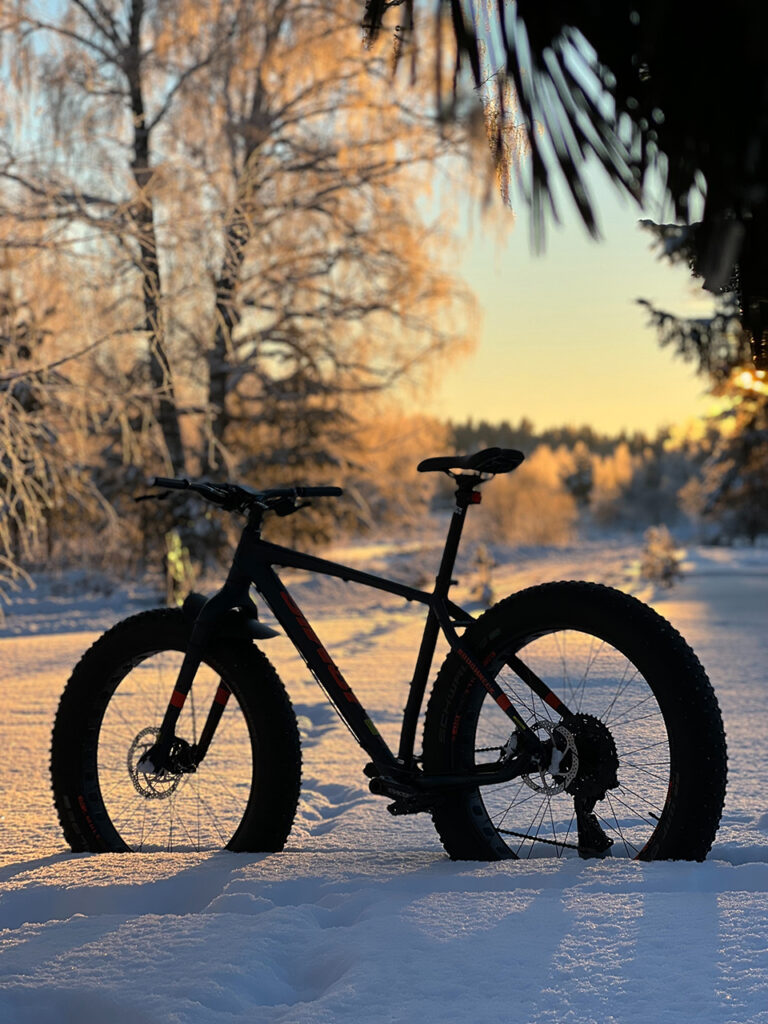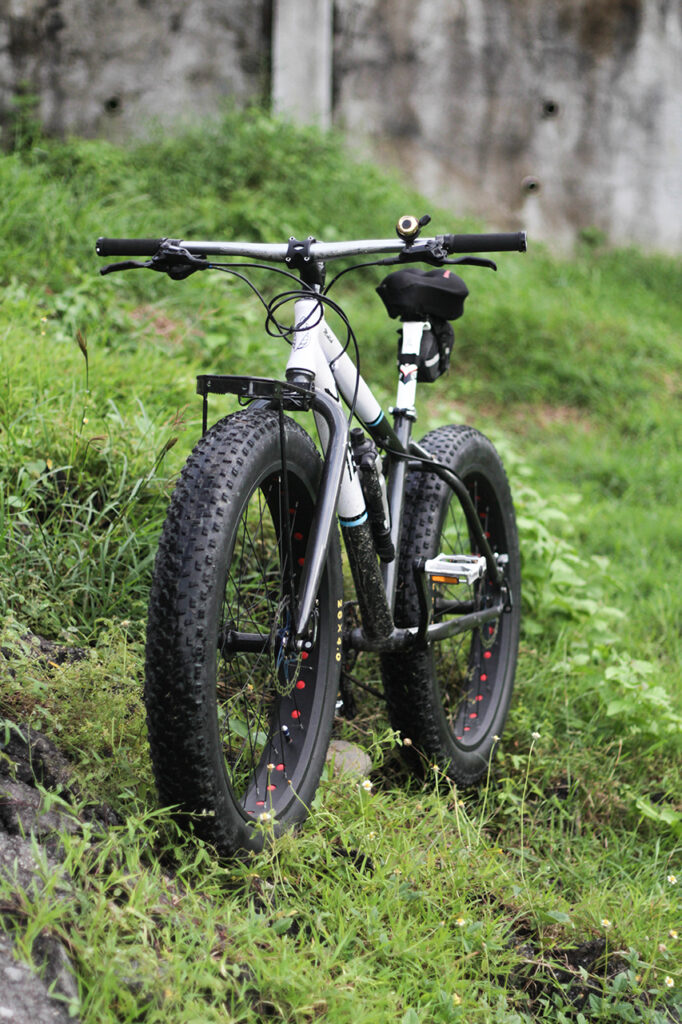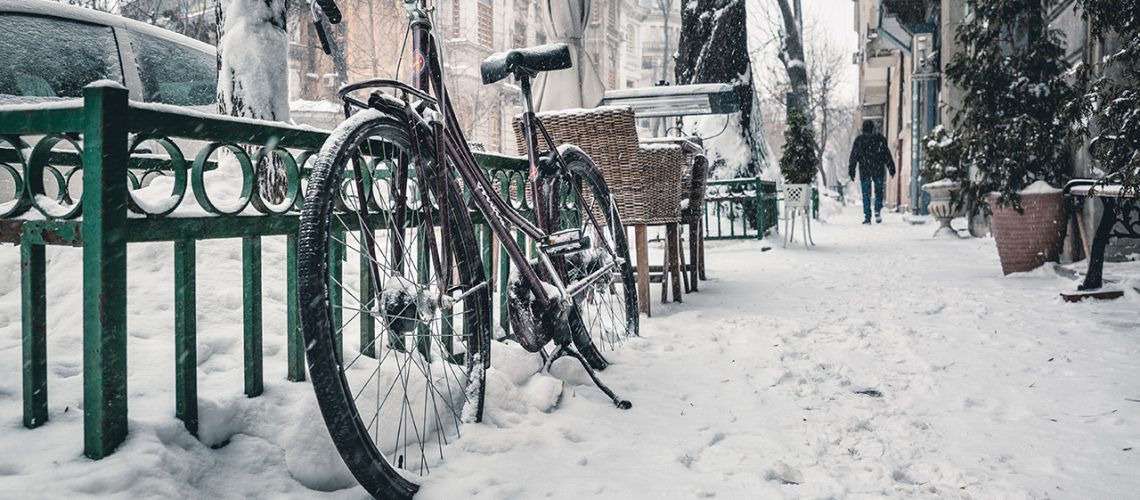In snowy St. George, Utah, bicycles usually remind of summer, but there’s a surprise: winter’s thrill with snow bikes awaits.
What Are Snow Bikes?
These bikes, known as fat bikes, are designed to conquer the wintery terrain with ease. What sets them apart is their exceptionally wide tires. Typically 3.7 inches or more, they offer superb flotation to glide gracefully over snow and ice. These all-terrain bicycles are perfect for those who refuse to let winter’s chill halt their cycling adventures.

Are Snow Bikes Any Good?
Absolutely, fat bikes are incredible for exploring winter landscapes. They excel in conditions where conventional bicycles would struggle. The wide tires and low-pressure settings give you unparalleled stability and traction on snow-covered trails. This makes it possible to enjoy your favorite routes even in the dead of winter. Whether you’re cruising along frozen lakes, navigating snowy forest paths, or commuting in snowy urban areas, snow bikes open up a whole new world of possibilities for cyclists. Snow bikes broaden horizons on frozen lakes, snowy paths, and urban commutes, offering diverse exploration for cyclists.
A Glimpse into History
The concept of the snow bike, or fat bike, is not as new as you might think. These rugged, all-terrain bicycles had their humble beginnings in the cold landscapes of Alaska. The need to navigate through harsh, snow-covered terrain led to the development of the fat bike.
In the 1980s, Alaskan cyclists pioneered bikes for extreme conditions, sparking innovative designs and exploration. By widening tires and reducing pressure, they discovered bikes could float on soft, powdery snow, enhancing their winter adventures.
The 2000s saw a major breakthrough with the commercial release of the Surly Pugsley, one of the earliest fat bikes.. The Pugsley’s innovative design, with its oversized tires, changed the game and brought snow biking to a wider audience.

What Are Bikes for Snow Called?
Bikes designed for snowy escapades are known as snow bikes or fat bikes. The name “fat” refers to their oversized tires, which are like the snowshoes of the bicycle world. It allows you to gracefully ride on top of the snow.

Which Bike Is Best in Snow?
When it comes to choosing the best winter bike, it’s important to consider your specific needs and preferences. Snow bikes come in various models, and what works best for you depends on your terrain and intended use. Here are some factors to consider:
Tire Size: The wider the tire, the better it will handle deep snow. Opt for fat bikes with tires over 3.7 inches for maximum snow performance.
Frame Material: Most snow bikes feature aluminum frames, but carbon frames, lighter and preferred for racing, are also available. Choose the material that suits your budget and riding style.
Gearing: For hilly or varied terrain, a snow bike with multiple gears may be a good choice, ensuring you can tackle any challenge.
Brakes: Disc brakes are generally preferred in snowy conditions for their reliability.
Price Range: There are snow bikes available for various budgets. Consider your financial constraints and look for the best balance between performance and cost.

In snowy St. George, Utah, snow bikes are ideal companions for exploring charming winter landscapes, surprising residents with their versatility. Fat-tired wonders excel in snow, whether for adventure or practical transportation, meeting the challenge with their versatile capabilities.
So, are you wondering whether snow bikes are any good? Rest assured they are more than capable of delivering a fantastic winter riding experience. With their oversized tires and specialized design, they are the ultimate choice for tackling snowy trails and enjoying the cold season like never before.
Embrace winter with a reliable winter bike, ensuring unforgettable snowy escapades without letting the season keep you from cycling. Experience the magic of winter cycling – a must do adventure. Armed with history, it adds fascination to your unforgettable experience.


